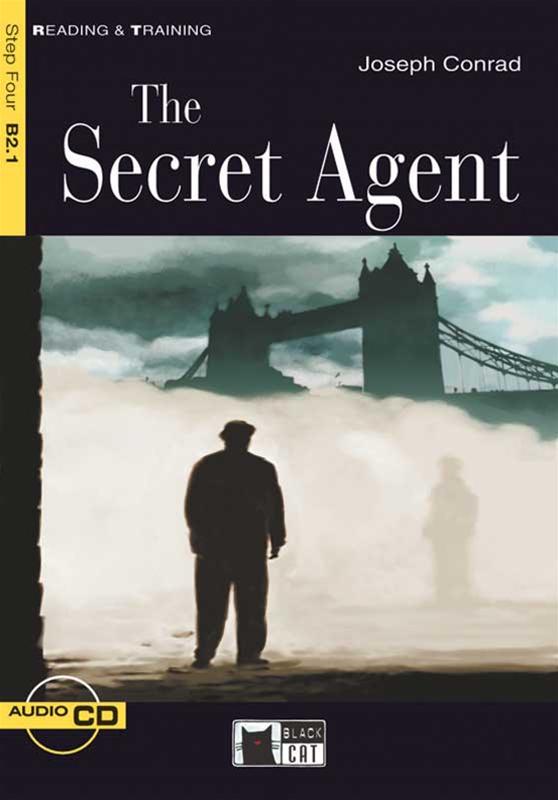

Some SI officers viewed SO colleagues as trigger happy hooligans, with the subtle ways of a drunken rhinoceros. SI’s work in recruiting agents and building networks took a different set of skills and temperament from SO’s work of parachuting into occupied territory and destroying enemy infrastructure.
#ARE SECRET AGENTS REAL MANUAL#
Photo from the 1945 OSS Training Manual courtesy of .įinally, there was a schism within OSS between SI and X-2, on the one hand, and SO, on the other. Office of Strategic Services (OSS) Organization and Functions. Strategic Services Operations’ department titled Special Operations (SO), modeled on the British Special Operations Executive (SOE), carried out missions dropping small teams of officers to train and assist resistance fighters, as well as commit acts of sabotage, destruction, and general mayhem. R&A veterans included seven future president of the American Historical Association, five of the American Economic Association, and two Nobel Laureates. Stuart Hughes, Gordon Craig, Crane Brinton, John King Fairbank, Sherman Kent, Ralph Bunche, and a host of distinguished colleagues and students joined the Branch. Rostow, Edward Shils, Herbert Marcuse, H. R&A’s roster reads like a Who’s Who of two generations of scholars: Arthur Schlesinger, Jr., Walt W. Professors all over America welcomed the chance to serve the war effort with their academic skills. The Branch recruited from many disciplines, but especially favored historians, economists, political scientists, geographers, psychologists, anthropologists, and diplomats. Headed by Harvard historian William Langer, R&A assembled roughly 900 scholars. The CIA’s website addressing R&A notes that this department was the one department that even the OSS’s strongest critics agreed was impressive: R&A processed the intelligence received from SI. SI officers were responsible for recruiting foreign agents, while X-2 was counterespionage, tasked with combating enemy spies overseas.

Although there were several branches and departments, the main groups were “Intelligence Services” and “Strategic Services Operations.” The former was composed of Secret Intelligence (SI), X-2, and Research Analysis (R &A). Over the course of the war it grew both in size and professionalism. Courtesy of the National Archives, Identifier 6851006. William Joseph ('Wild Bill') Donovan, Head of the OSS. Whether this was a result of personal connections, the broad usefulness of legal training, or a natural gift for intrigue and deviousness among lawyers is perhaps unknowable and beyond the scope of this article.) The same was true of many wartime recruits of the British intelligence services as well.

(The OSS would be heavily populated by lawyers during its existence. By 1941, Donovan, a graduate of Columbia Law School, had a highly successful career predating the first war as a lawyer in private practice in government service. Donovan was a highly decorated hero of the First World War and was awarded the Medal of Honor, among several other orders and medals. He chose General William “Wild Bill” Donovan to be the leader of the Office of the Coordinator of Information (COI) established on July 11, 1941. It was not ideal.īy the start of World War II, President Roosevelt realized the need for some sort of coordination for the gathering of intelligence. This was the arrangement with which the United States muddled through the First World War. In addition, the Federal Bureau of Investigation (FBI), founded in 1909, became involved in counterespionage. In fact, these departments were often in fierce competition with each other. By the beginning of the twentieth century, the United States had a handful of departments within the Navy, the Army, and the State Department that gathered intelligence but there was no coordination among these departments. Unfortunately, many of these spies were brave amateurs who were caught. George Washington understood the need for intelligence and had spy networks. Photo courtesy of the National Archives, Identifier 540066.Īmerica employed spies dating back to the American War of Independence. Area T, Harrington Airdrome, England, circa 1944. Top image: Jedburghs in front of B-24 just before night takeoff.


 0 kommentar(er)
0 kommentar(er)
